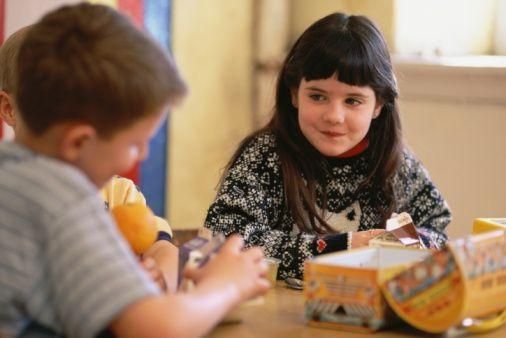If your child has celiac disease or some other gluten intolerance, it may be easy enough to steer clear of foods containing gluten at home, but once the child gets to school, he or she faces tempting treats such as cookies, pizza, sandwiches, crackers and rolls.
Celiac disease is a digestive disease that affects the small intestine and makes it difficult to absorb nutrients from food. If your child has celiac disease, he or she may feel sick after eating foods that contain gluten, a protein in wheat, rye and barley. Young children are likely to show digestive symptoms, such as abdominal bloating and pain, diarrhea, vomiting, constipation and weight loss. They may also become irritable. If the disease is not properly managed, the failure to absorb nutrients can affect their growth and development, as well as the onset of puberty and dental health.
That's why it's important to help your child learn what foods he or she can eat, even when you're not around to help. Sometimes these foods are obvious, but often it's difficult to know which processed or prepared foods contain glutens unless you can read the labels. That's why sticking to "whole foods," such as fresh fruits and vegetables and lean proteins, can be a good starting point for anyone with celiac disease.
Here are some additional tips to help your child maintain a diet free of allergens.
- Communicate clearly to your child why he or she should stick to a gluten-free diet. Explain how gluten allergies work and the effects that gluten can have on the gastrointestinal tract. This will help the child understand the importance of sticking to a special diet.
- Talk to your child's teachers and school nurse about the foods your son or daughter needs to avoid. They may be able to help remind your child about healthy alternatives during lunch or classroom parties.
- Pack your child's lunches with fresh fruits and vegetables, sandwiches made on gluten-free bread and the occasional gluten-free "treat." If your child prefers to buy lunches, talk about what choices are acceptable. Most schools provide lunch menus in advance, so you can discuss the options.
- Remember that children don't normally like to feel different from their peers, so it's important to be sensitive to their feelings. This means avoiding gluten talk in front of their friends or perhaps baking a batch of gluten-free cookies for their class to help them feel normal.


